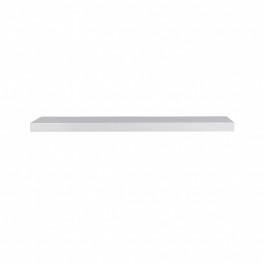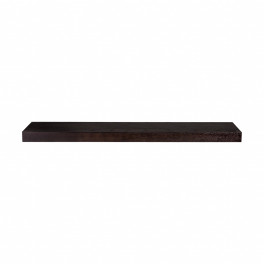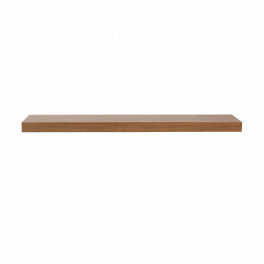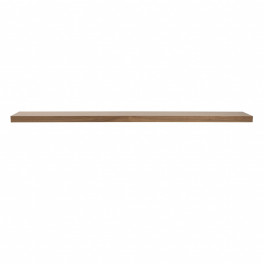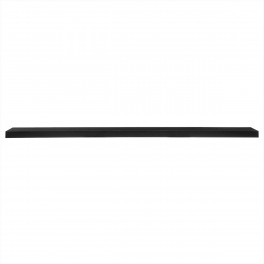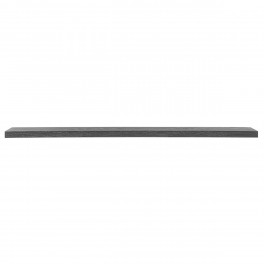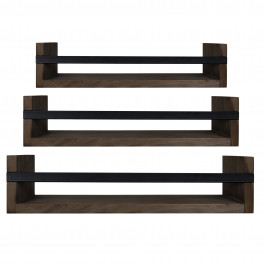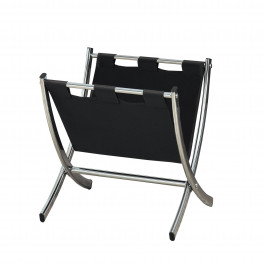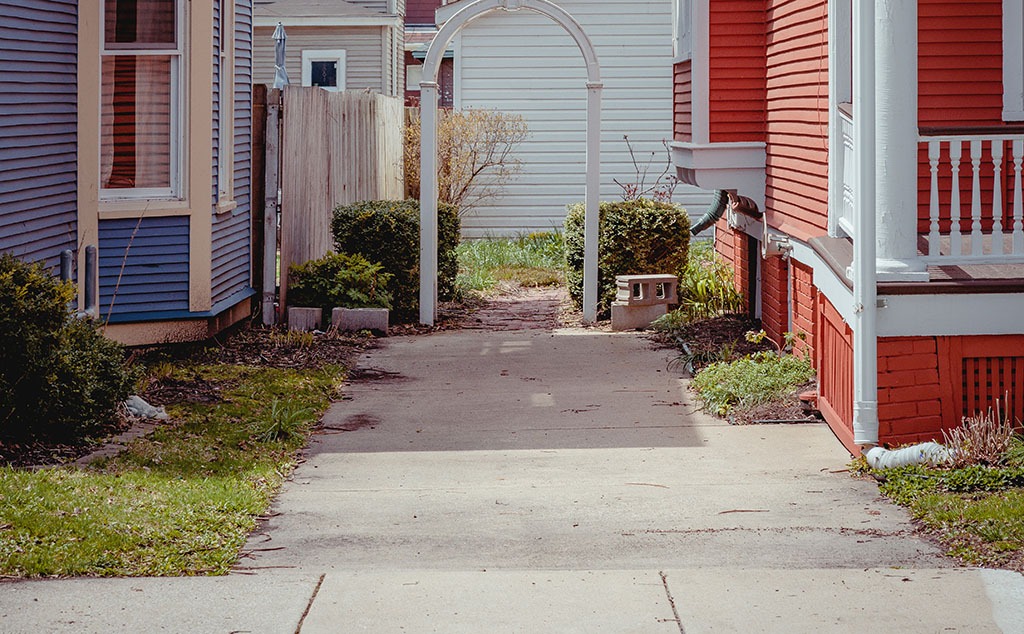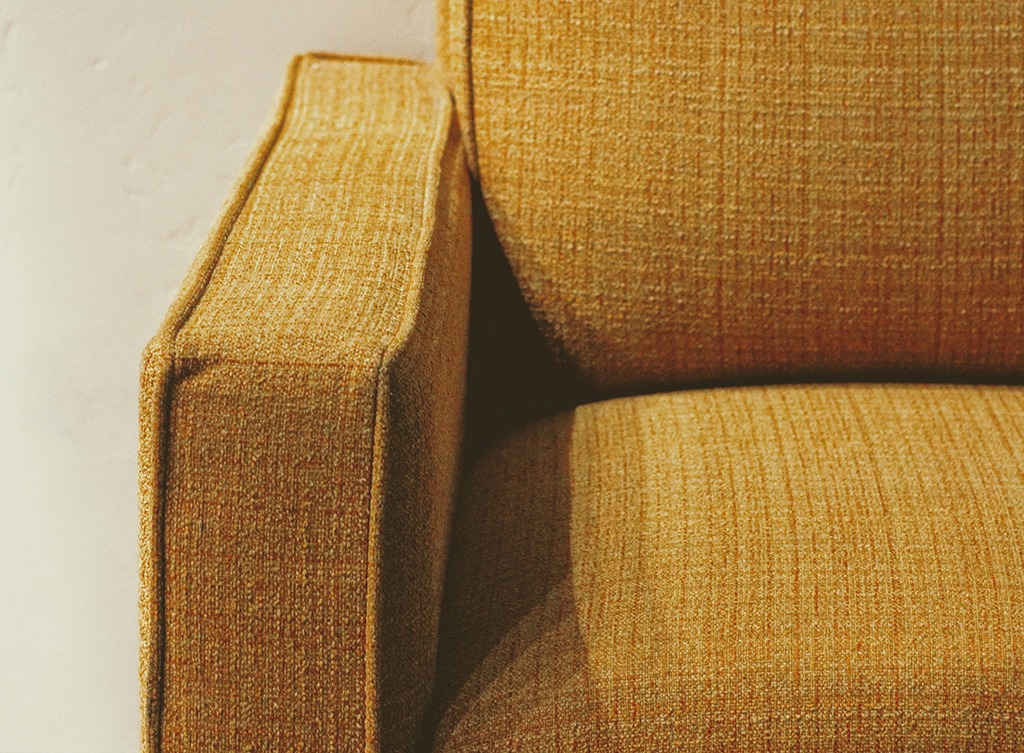Woodburning, or pyrography (from the Greek “pur,” meaning fire, and “graphos,” meaning writing), is a technique for burning an image or pattern into a piece of wood for decoration or as a hobby. Unlike drawing or painting from scratch, woodburning is a skill that almost anyone can master. It requires a few tools and a little bit of practice, but once you get the hang of it, you can create some interesting embellishments to go with your woodworking projects or standalone art for gifts or decorations around the house. Woodcrafts in home décor are always popular.
Supplies
Before you begin your first woodburning masterpiece, you will need to purchase some supplies:
Woodburning Pens
Most arts and crafts stores sell woodburning pens. A woodburning pen is very similar to a soldering iron. You can buy a woodburning kit which will come with several pens, different tips, and a stand. The pen can be a simple on/off model which heats up to a certain temperature or a pen with variable heat control. The cost of a woodburning pen can range from $20 to $100. For beginners, a low-end pen will be fine until you decide you’d like to take your hobby to a higher level.

Photo by Olga Deeva on Dream
stime
Carbon or Tracing Paper
You don’t need to be artistic to draw with a woodburning pen. You can find an image you’d like to copy, or buy or download an image or pattern specifically made for woodburning. Carbon paper does all the work of transferring the outline to the wood.
Design or Artwork
You can create your own image or download a design or image from the net. Many websites have free woodburning patterns and images. If creating your own image or pattern, draw it on paper first and then transfer it to the wood with the tracing paper.
Wood
You can use just about any type of wood for your project. The best wood for pyrography is pine which burns at a low temperature. Hard wood will require a hotter pen and is harder to work with. Pre-cut shapes from a hobby store or a project like a music or recipe box can make the finished result a bit more fun.

Photo by BigPhotoCollection on Shutterstock
Other Supplies
You will also need some masking tape to hold your image or design while you trace it, 320 grit sandpaper to prepare the wood, and pliers to change the pen tips.
Practice First
If you have ever used a soldering iron, a woodburning pen is very similar. The tip of the pen heats up and is hot enough to burn the surface of wood. Most pens have a device that let you adjust the temperature of the tip. If not, you simply plug in the pen and wait for it to get hot. Most kits come with different tips that let you draw thin lines, thick lines, or do shading. Kits also come with a safety stand to keep the pen from burning your table or workbench. If you don’t have a safety stand, use something nonflammable to hold the pen when you’re not using it. The tip of the pen gets very hot and will burn you if you touch it. Keep the pen away from children and flammable materials.

Photo by Falcon Eyes on Shutterstock
Before you start on your project, practice using the pen on a piece of scrap wood. Hold the pen like you would hold a normal drawing pen and start drawing lines on the wood. Don’t force the pen, let it do all the work. Once it’s hot, it should move smoothly over the surface of the wood. Too much pressure can actually bend the pen tip. Slide the pen towards you, not away from you, and rest your wrist on the wood if you can. This will help produce a straight line. To get a clean, smooth, line, go slow. If you go too fast, the pen will not have time to burn the wood and the line will look faded and uneven. It takes practice before you can draw a smooth line. Use pliers to remove and install the replacement tips. Most instructions that come with the pen will tell you to let the pen cool for five minutes before removing the tip and installing a new one. Place the hot tips in a glass or metal container to let them cool. Practice making lines and shapes with the different tips until you’re comfortable with the feel of the pen and happy with the results.

Photo by Miriam Doerr Martin Frommherz on Shutterstock
If you notice residue building up on the tip of the pen, rub it on a sanding block or carefully wipe it off with a wet paper towel. If you’re getting smoke, the pen tip is either too hot or you’re leaving the tip in one spot for too long. Turn down the temperature and try to keep the pen moving.

Photo by Fotos593 on Shutterstock
What Do You Want to Make?
For your first project, chose something simple. It can be a design, a sports logo, a phrase, or an image with basic shapes. If you’re downloading an image from the internet, black and white designs work best. Avoid images with a lot of curves or thin lines for now. Your images can be more complicated after you have completed a project or two and are happy with the finished product.

Photo by Alexandru Nika on Shutterstock
Prepare the Wood
Pine is a good choice for beginners. Pine is a soft wood with straight grain that’s easy to work with. Sand the wood with 320 grit sandpaper until it’s perfectly smooth. Any bumps or nicks will catch the pen and make your lines look jerky. Wipe the surface with a damp towel after sanding to remove any sawdust. You will want to burn with the grain and not against it, which means making sure the grain is running horizontally if most of your lines are going to be horizontal. Pine is easy to find in most craft and home improvement stores. Just make sure it’s large enough to accommodate your image.

Photo by nito on Shutterstock
Transfer the Image
Now that you have your image and your wood, it’s time to transfer. Tape the image to the tracing paper and then onto the wood. There’s no right or wrong way to tape it, just make sure it doesn’t move as you trace it. Use a ballpoint pen and trace the outline of the image. Press firmly, but not so hard that you’re cutting through the paper or gouging the wood. Once done, remove the image from the wood. You should see the outline of your project on the wood.
Time to Burn
Just as you did in practice, it’s time to burn the wood. Use the pen and a fine tip to go over the outline that you traced onto the wood. Don’t be too concerned if your lines don’t turn out perfect. You will get better over time. Most beginners use too much pressure which results in very dark lines. A light touch of the pen is all that’s needed. Try to go with the grain as much as possible. Once the outline is done, use the different tips for shading and filling in large spaces. Use your printed image a guide to recreate the scene on wood. Once you’re done, you can let the wood cool and stain or varnish it for a finished look. Not happy with the results? Try again. Practice will give you a steady hand and better control over the pen.

Photo by Khomenko Maryna on Shutterstock
Once you master the art of woodburning, you can create some really striking images. Many people find the process calming and a great way to relieve stress. You can create images and objects such as music boxes, signs, spoons, bowls, Christmas ornaments, and other wooden knickknacks for yourself or for others as gifts. Whatever project you choose, become familiar with woodburning basics before you start so you can be proud of the finished result.

Photo by airoflife on Shutterstock




